Focus on efficiency, maintenance deliver for Trucker of the Month
There are a seemingly infinite number of paths that might lead an individual to trucking. Parker, Colorado-based Alec Costerus may be as close as it gets to a unicorn in that respect. Costerus, owner of two-truck Alpha Drivers Transportation (ADT), came to the business first off in his late 40s, following graduation from college with chemical engineering and geology undergraduate degrees, then pursuit of an MBA in finance. He worked in the late 1990s and the early 2000s in the financial sector as a commodity trader in the electricity and natural gas industries.
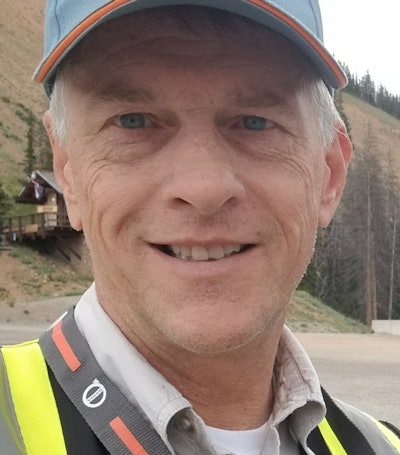 Alec Costerus
Alec Costerus
His next pursuit, financial services, also left him with a bad taste in his mouth.
“I thought, ‘You know, I don’t think I really want to work for other people anymore because I can’t trust them,’” Costerus said. “And that’s how I ended up getting into trucking back in 2010.” His reasoning: “OK, I can get my CDL, I can be the master of my own universe without having to deal with people whose ethics and financial savviness didn’t comport with mine.”
He worked as a company driver to get two years in before he was able to buy his own truck and lease to Landstar. He stayed with Landstar for eight years before he came off the road.
He paused his career in November 2020 because of a genetic mutation that was going to require a kidney transplant. “I parked the truck, and I sold the truck and trailer at that time because I knew I was not gonna be able to drive for a while,” he said.
With a family history of kidney transplants, Costerus and his doctors determined that his family has a rare genetic mutation that affects only about 200 families in the United States.
“Unfortunately, this genetic mutation is 100% fatal in the absence of getting a [kidney] transplant,” he said. He got on the transplant list and went to work for the U.S. Postal Service in Denver, ensuring he’d be close to home when he got the call. It duly came, in December 2021.
Since that time, he’s gone full-bore back into trucking, partly behind the wheel. Operating with authority, two-truck Alpha Drivers Transportation’s origins trace back to Costerus’ relationship with then-company driver Joel Morrow. He and Morrow hadn’t met in person when, before he came off the road, Morrow had recommended him as a potential member of the PedalCoach ambassador team based on Costerus’s approach to efficiency behind the wheel. PedalCoach is an app from the LinkeDrive company that “shows drivers how they are performing from a fuel efficiency standpoint in real time, helping them make changes in the moment to reach peak performance levels,” the company says.
Morrow and Costerus were later introduced through PedalCoach, and during corresponding medical time off the road for both men, the pair devised a plan to launch their own trucking company, Costerus’s second. Morrow’s Volvo is one of two trucks that make up the ADT fleet today, the other piloted principally by Travis Lauer. Costerus himself has been back behind the wheel plenty since returning to the trucking business, but today focuses squarely on managing the business from the back office, pulling only occasionally when Morrow or Lauer are sidelined and there’s a customer need.
Costerus and Morrow also run a consulting business, Alpha Drivers Testing and Consulting, focused on working with truck manufacturers’ engineers, Volvo’s in particular, to improve fuel mileage and other operations of their own trucks, providing an example for others around the business for ways to improve.
Costerus’s perseverance, history as an owner-operator and ongoing work as small fleet owner and trailblazer increasing operational efficiency earns the owner Overdrive‘s Trucker of the Month nod for May, putting Alpha in the running for the 2024 Trucker of the Year honor.
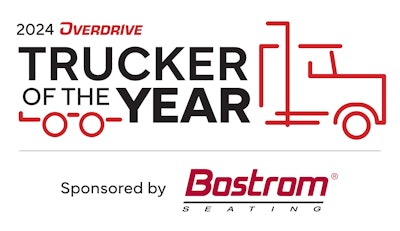 Overdrive‘s 2024 Trucker of the Year program, sponsored by Commercial Vehicle Group and Bostrom Seating, recognizes clear business acumen and unique or time-honored recipes for success among owner-operators. Through October, we’re naming Truckers of the Month to contend for the Trucker of the Year honor. Finalists will be named in December, and a winner crowned early next year. Nominations continue to be sought for exceptional owner-operators, whether leased or independent, throughout the year. Nominate your business or that of a fellow owner (up to three trucks) via this link for a chance to win a custom replica of your tractor and a Bostrom seat from Commercial Vehicle Group, among other perks.
Overdrive‘s 2024 Trucker of the Year program, sponsored by Commercial Vehicle Group and Bostrom Seating, recognizes clear business acumen and unique or time-honored recipes for success among owner-operators. Through October, we’re naming Truckers of the Month to contend for the Trucker of the Year honor. Finalists will be named in December, and a winner crowned early next year. Nominations continue to be sought for exceptional owner-operators, whether leased or independent, throughout the year. Nominate your business or that of a fellow owner (up to three trucks) via this link for a chance to win a custom replica of your tractor and a Bostrom seat from Commercial Vehicle Group, among other perks.
A second chance at trucking, with new focus
Alec Costerus and Joel Morrow, frequently in touch during both men’s health struggles away from the road, led the former to an awareness that, simply, they could probably work well together, too.
“Where he’s a genius on some technical issues,” he said about Morrow, “he was, shall we say, lacking in some other areas.”
As most geniuses are, Costerus quipped. “So I’m pretty adept on the business side, data organization and so on. We thought, ‘OK, if we do this and come together, I can run the office, all the back-office type of things. He can focus on the technical side of things as well as delivering freight.”
They formed two companies — Alpha Drivers Transportation, the trucking company, and Alpha Drivers Testing and Consulting, which works with OEMs.
The trucking company started with just one truck and one driver — Morrow — before they brought on a second, Travis Lauer, to team with Morrow while he was trained on how to get the most fuel mileage out of a truck and the rest of the business. That first Alpha truck, nicknamed “Purple Haze,” is a 2023 Volvo VNL 760 set up with a 6×2 configuration with a pusher axle — Costerus wrote about its achievements in a contributed story that saw light just several weeks ago in Overdrive‘s Extra blog and Voices section featuring perspective from around trucking.
He lauds Morrow’s “understanding of what’s happening mechanically in the truck, and leveraging kinetic energy, as well as the gear loading and so on.” With that, Alpha is able to achieve some of the “highest fuel economy in the world” seen from a Class 8 tractor hauling freight, he said. “We work backwards, kind of reverse engineering, if you will, to make the truck do all of those things more automatically. So hopefully everybody can get 10.5 or 11 miles to the gallon over the truck’s lifetime.”
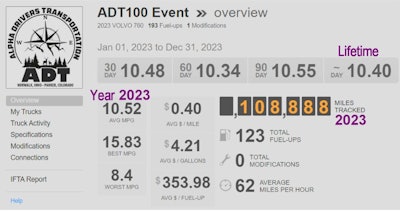 Data from the Let’s Truck FuelGauges software Alpha uses to track efficiency and expenditures shows a lifetime 10.4 miles per gallon mark for “Purple Haze,” driven by Morrow. That includes 10.52 miles per gallon on 108,888 miles driven in 2023.Alpha Drivers | Facebook
Data from the Let’s Truck FuelGauges software Alpha uses to track efficiency and expenditures shows a lifetime 10.4 miles per gallon mark for “Purple Haze,” driven by Morrow. That includes 10.52 miles per gallon on 108,888 miles driven in 2023.Alpha Drivers | Facebook
After running team with Morrow for a spell, Lauer took over driving “Purple Haze” on his own, while Morrow was recently placed in a new truck, a 2024 Volvo VNL 760 with a 6×4 configuration, nicknamed “Boo-berry,” bringing the small fleet’s total to two trucks.
Now, Morrow and Lauer are each training new drivers who currently have their commercial learner’s permits. Later in the year, Costerus expects to take delivery of a brand-new VNL. Morrow will pilot the rig to bring the fleet up to three trucks.
“We’re a little bit in flux,” Costerus said. “As you probably know, it’s not just putting any driver in the seat because that’s not really what we want. We want a smart driver. So we decided that it’s probably a better route for us to train our own drivers organically rather than hiring an experienced driver and then have to retrain them to drive smart.”
[Related: Quick spin: ‘Beginning of a new era’ with the revamped VNL]
Pay for all time
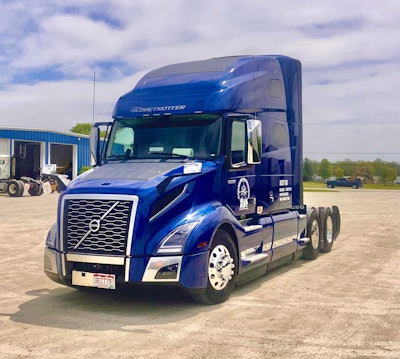 “Boo-berry” is a 2024 Volvo VNL driven by ADT driver and co-owner Joel Morrow. It’s been on the road in the fleet for about 2 months.
“Boo-berry” is a 2024 Volvo VNL driven by ADT driver and co-owner Joel Morrow. It’s been on the road in the fleet for about 2 months.
Costerus pays himself and his drivers on what he calls one of the most progressive pay schemes in trucking. An advocate for paying truck drivers for all of their time, ADT’s employees are paid an hourly rate for all hours worked, from the time the driver goes on-duty for the pre-trip until off-duty after the post-trip.
“He’s working, he’s away from home, he deserves to get paid,” Costerus said. “It doesn’t matter if he’s driving or not.”
On top of the hourly rate, ADT offers compensation for productivity, too, with miles pay rates based on experience.
“I think we respect the driver’s time,” he said. “And if you put zero value on a driver’s time, there is no incentive for anybody — the carrier, the shipper, anybody — to hurry up and load that truck. So that’s, to me, a fallacy. That’s something that ought to be fixed. But in the meantime, we pay our drivers the way they should be paid.”
And because the company pays on a two-week cycle, and “it’s not uncommon to have 100-plus hours during that two-week period,” the company pays time-and-a-half overtime pay for all hours worked over 80.
ADT benefits include a platinum medical insurance plan, dental and vision insurance, and a 401(k) with a company match.
[Related: Surprise, surprise: Why ATA opposes overtime pay, and why they’re wrong]
Given the company’s trucks are on the newer side, maintenance focus is entirely preventive. Purple Haze features a five-gallon external bypass oil filter on the back of the cab, which allows the truck to run a very extended oil drain interval — only changing the oil about once a year on over 100,000 miles.
Costerus also has his drivers use Hot Shot’s Secret additives where and when they are needed — the Stiction Eliminator once or twice a year to keep the oil clean, Diesel Extreme to keep the injectors clean, and Everyday Diesel Treatment with every fill-up. They also clean the crank position and boost pressure sensor, among others, to proactively “to keep everything running … optimally,” Costerus said.
During approximately every other 34-hour reset, somebody is getting under each truck to “just make sure that we’re not missing something. We’re pretty proactive about it,” Costerus said. “That’s because A) that’s the way Joel [Morrow] is, and B) it just makes sense to make sure, and I think we get a return on that extra maintenance by ensuring that the truck is in top condition.”
The company’s keen focus on fuel mileage and preventive maintenance has allowed it to keep operating costs generally low; however, much of the business’ revenue is allocated to wages and benefits. The company is debt-free, having paid cash for both trucks.
In addition to saving money on fuel through the operation of the trucks and achieving high fuel mileage, the company also utilizes the National Association of Small Trucking Companies’ fuel discount program. In April, Costerus noted, that program delivered 57.8 cents per gallon in savings on fuel purchases.
[Related: In a tough trucking-business environment, owner-operators must improve efficiency to compete]
Dedicated power-only keeps freight on the hook
 Enter your business in Overdrive‘s Trucker of the Year competition for a chance to win a seat from program sponsor Bostrom Seating, among other perks and prizes.
Enter your business in Overdrive‘s Trucker of the Year competition for a chance to win a seat from program sponsor Bostrom Seating, among other perks and prizes.
Heather Boone, a Landstar agent and owner of Boone Enterprises LLC, has worked extensively with Costerus and Alpha Drivers Transportation through the years. Costerus pulled “loads for one of my really good customers,” Boone said. “They have very time-sensitive freight, and their shipments are far more detailed. His services are many levels above most everybody you’re going to find. Alec is very, very intelligent, so it’s always truly a pleasure to work with him.”
She added that Alpha Drivers “is a company that you would put on all of your high-end shipments and products… Alec is one of those people that we’re always just lucky to get, and those people are few and far between.”
Both Morrow and Lauer are based in Ohio, so their preference is to stay east of the Rockies for the most part. When Costerus gets behind the wheel, his preference, based just outside of Denver, is to run the West Coast. Lauer typically stays out about two weeks at a time, while Morrow “will go as long as he can, pretty much,” Costerus said, depending on the available freight.
The goal is for each truck to average about 120,000 miles a year.
[Related: ‘I just love it out here’: Joy, exacting analysis deliver Trucker of the Month Gary Schloo’s success]
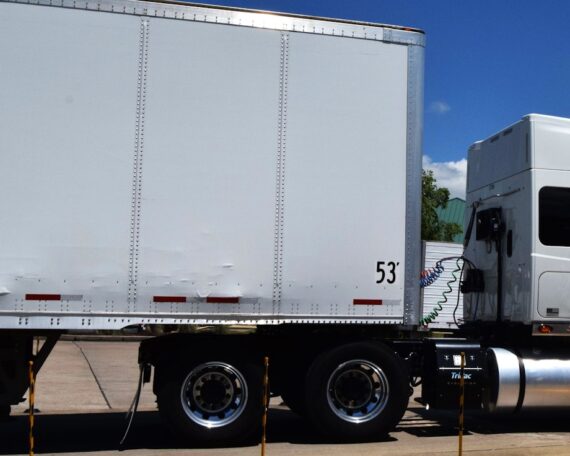
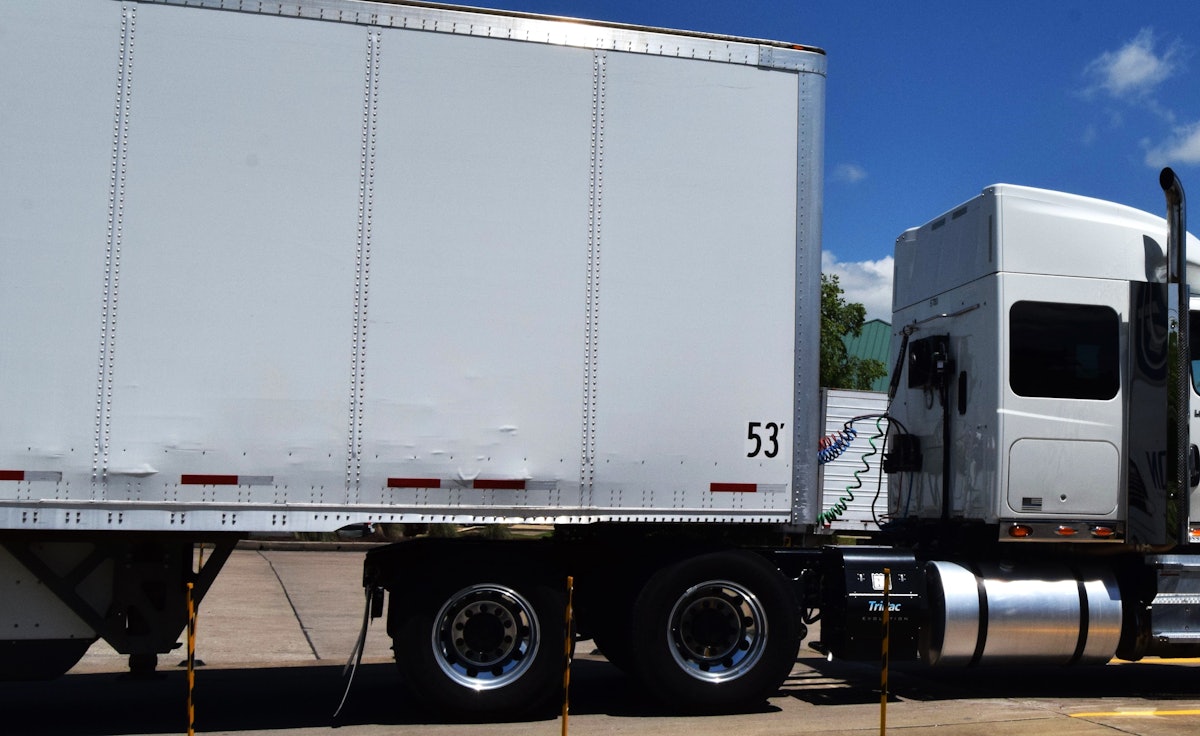
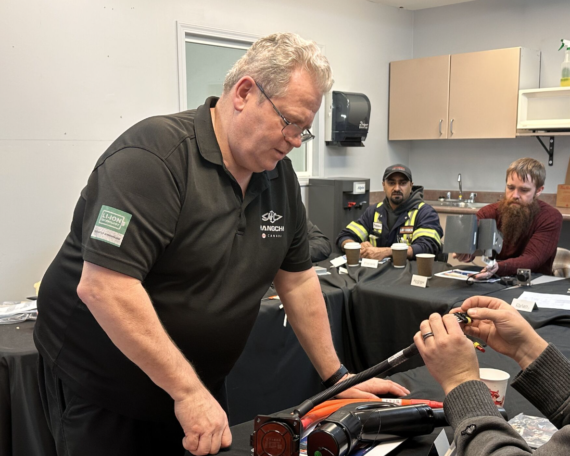
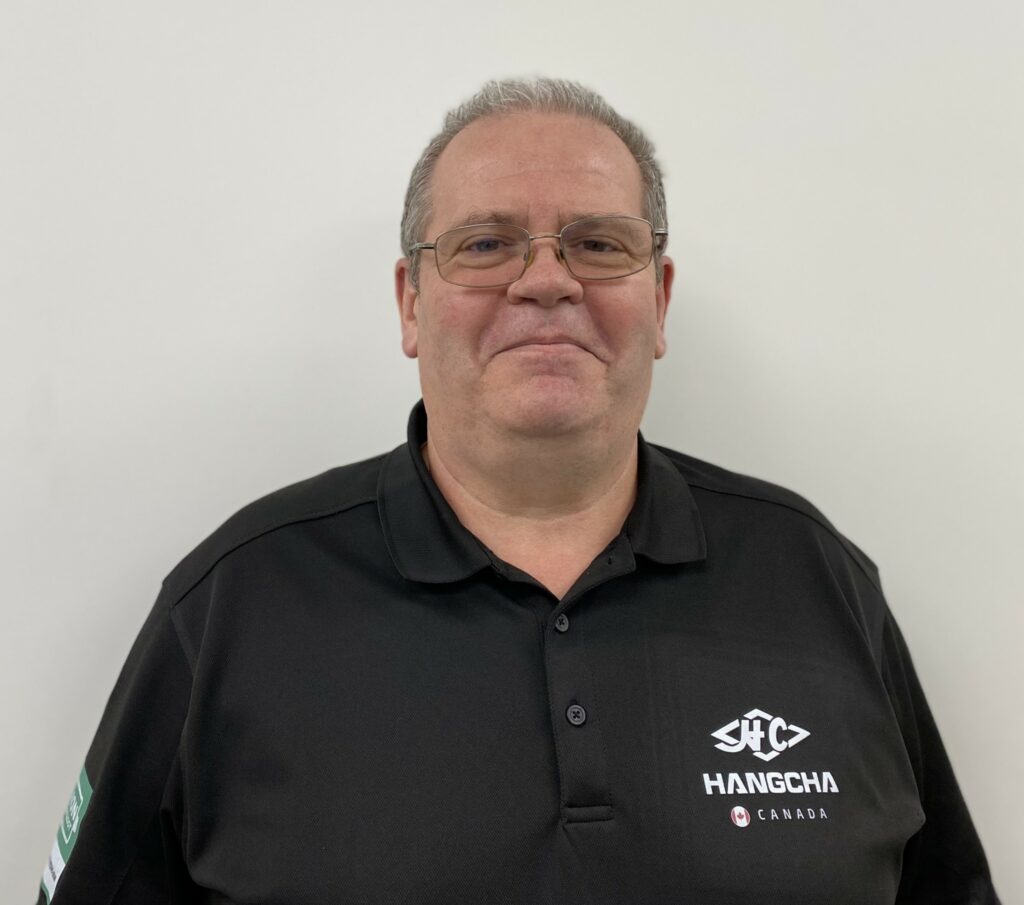
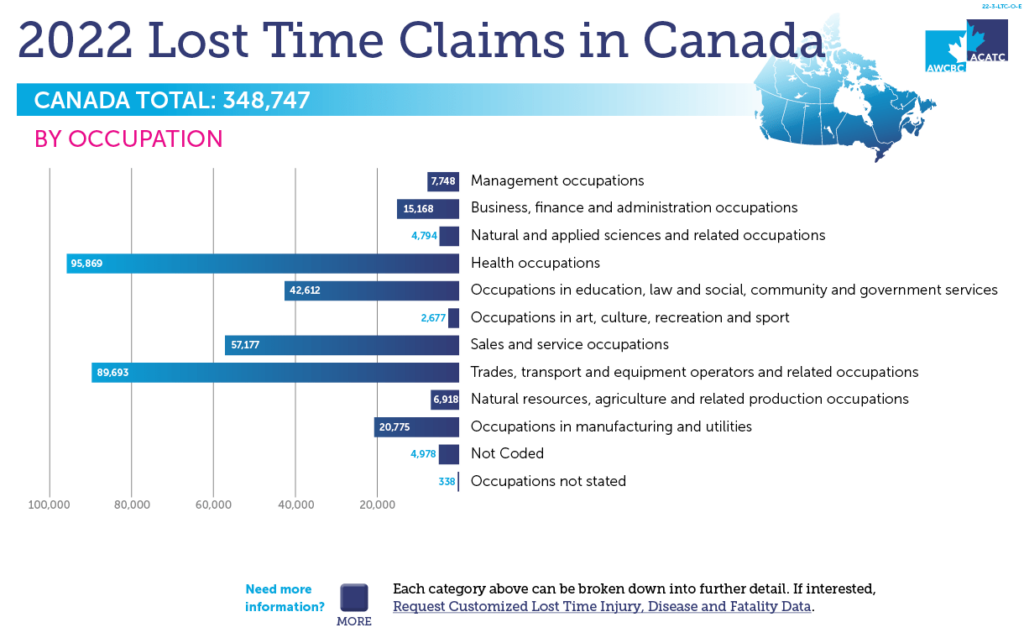
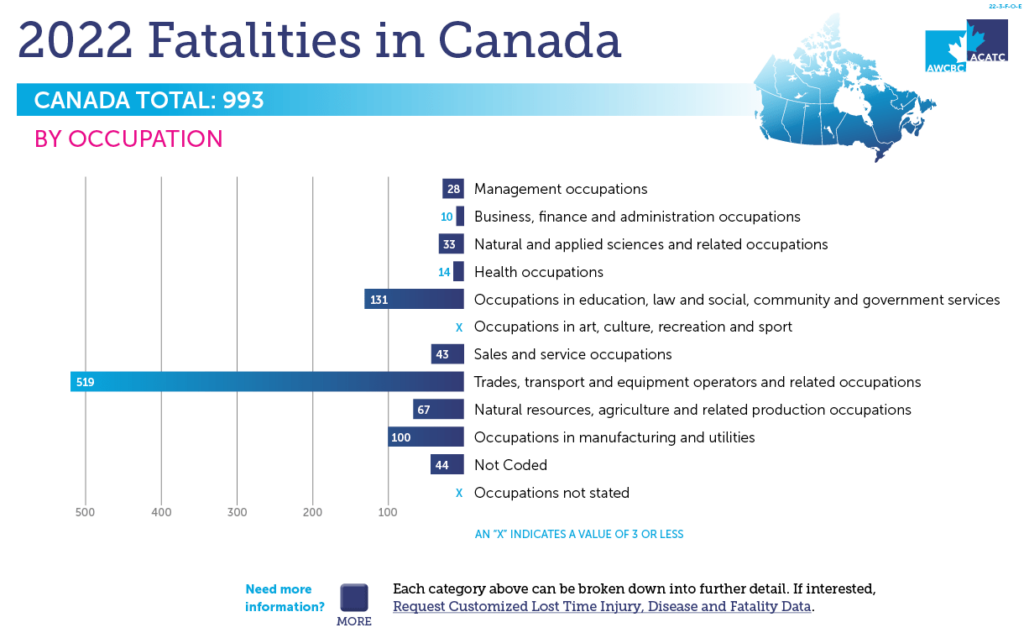
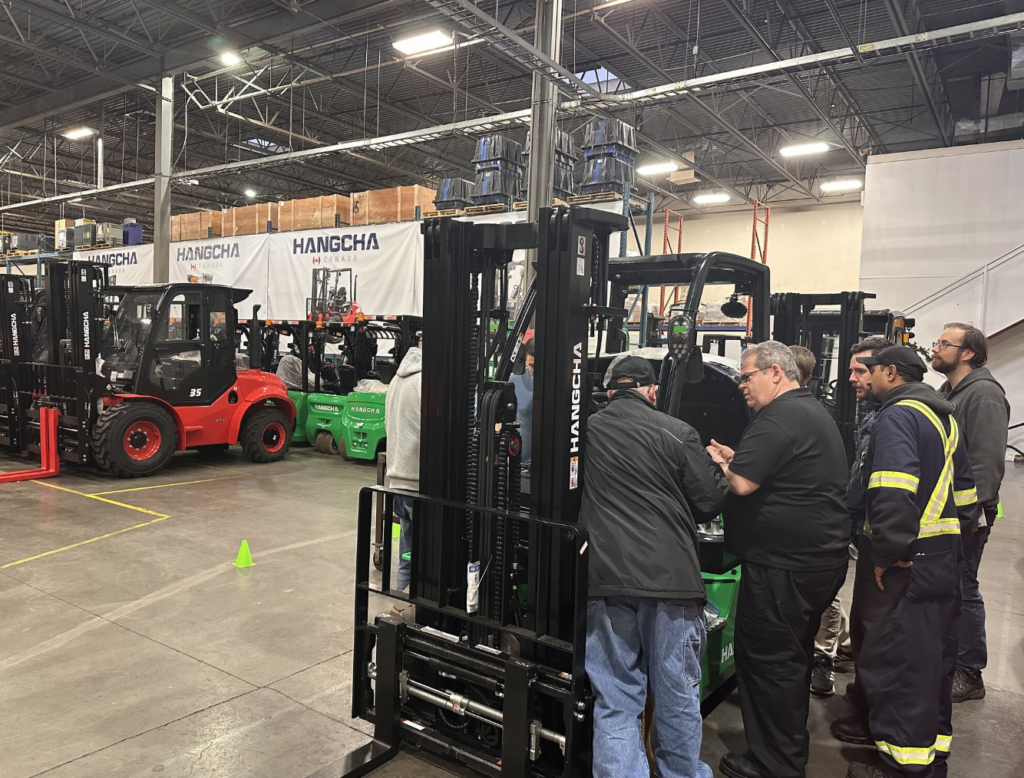
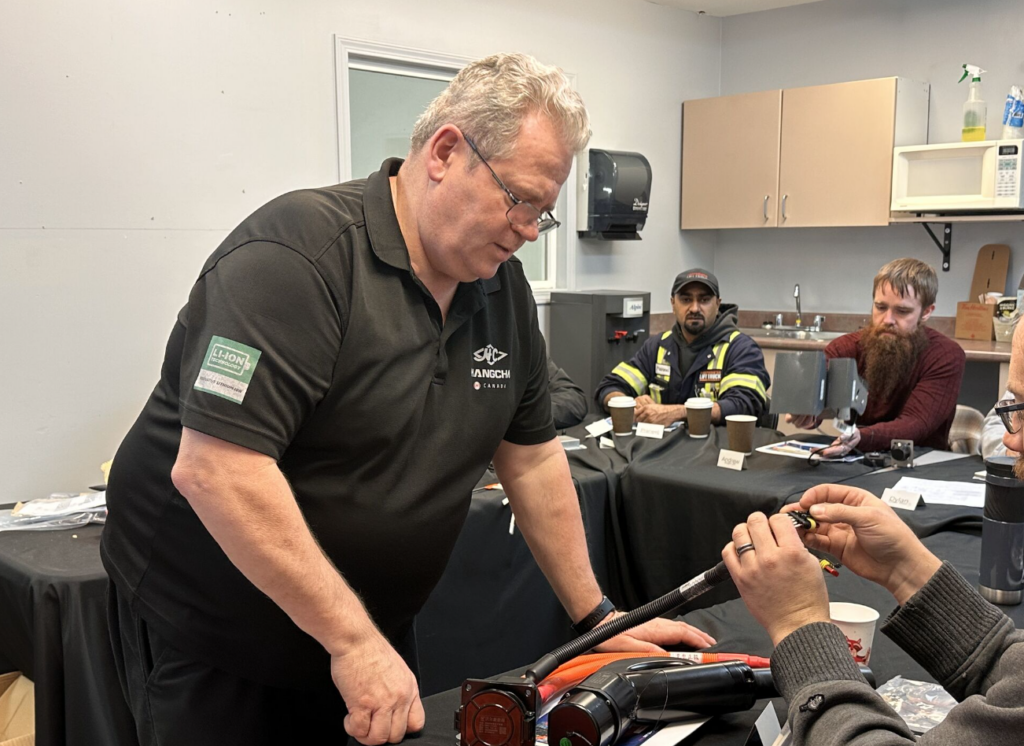
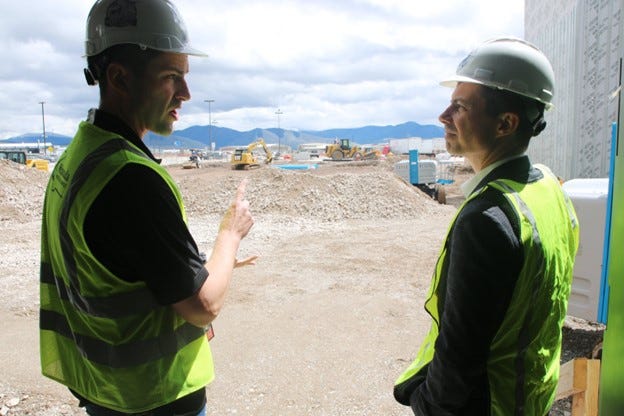

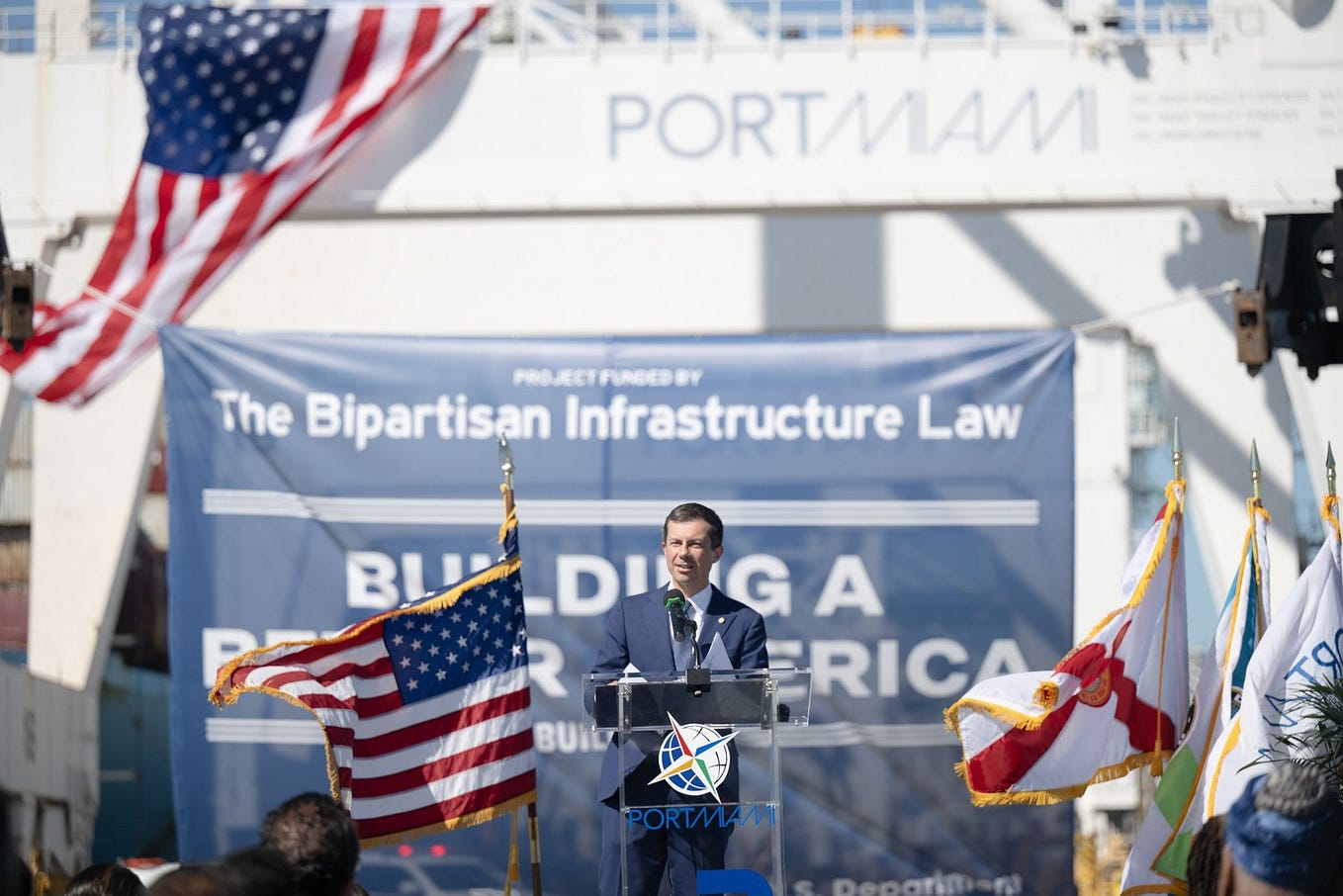

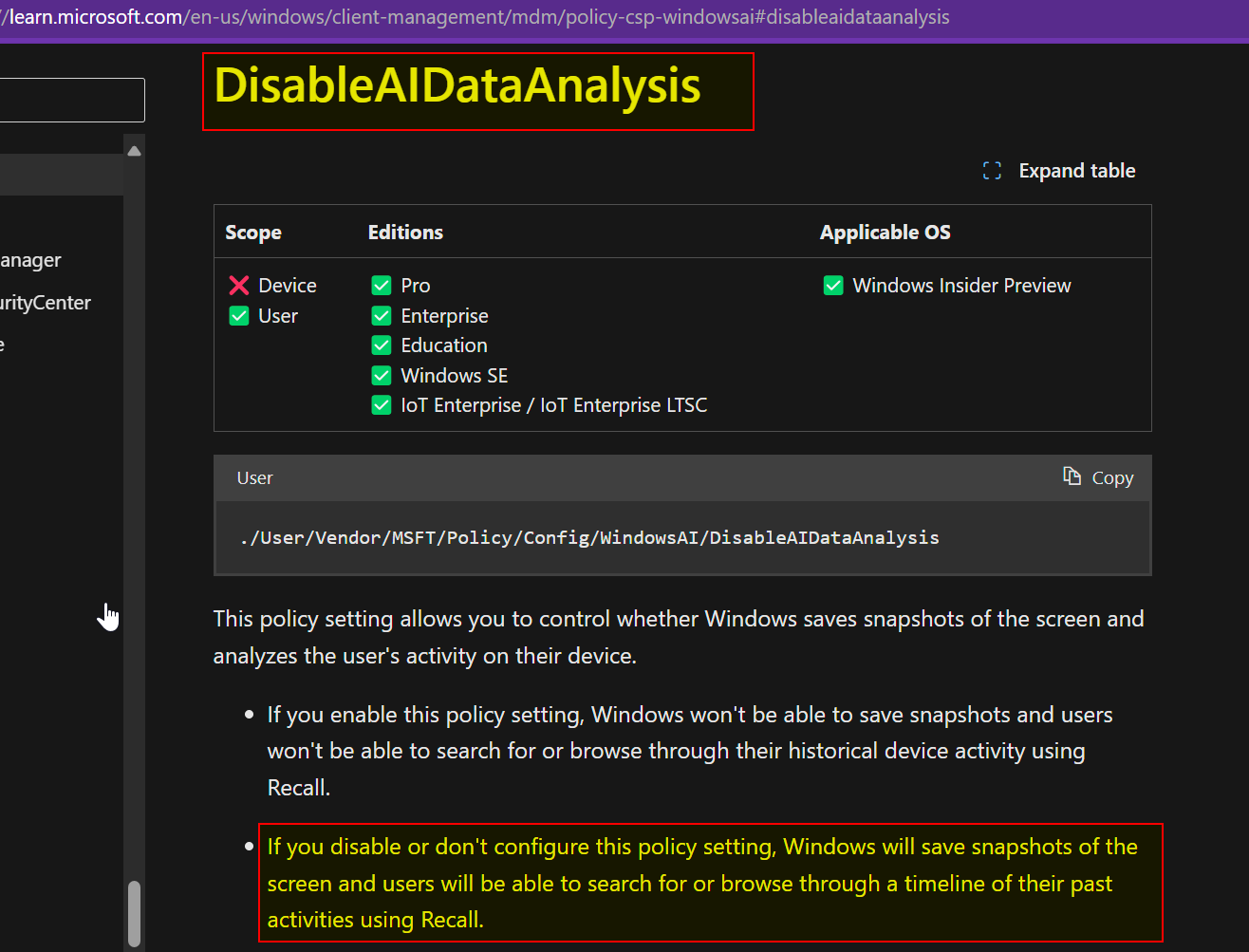




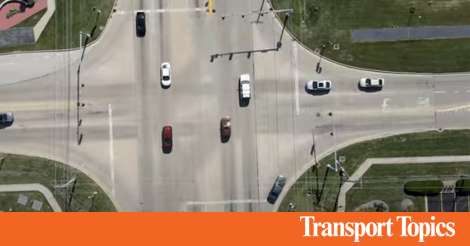

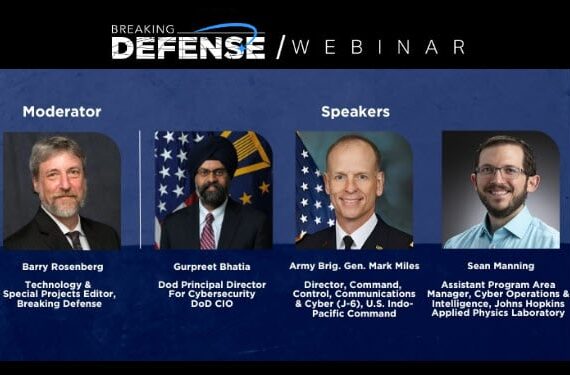
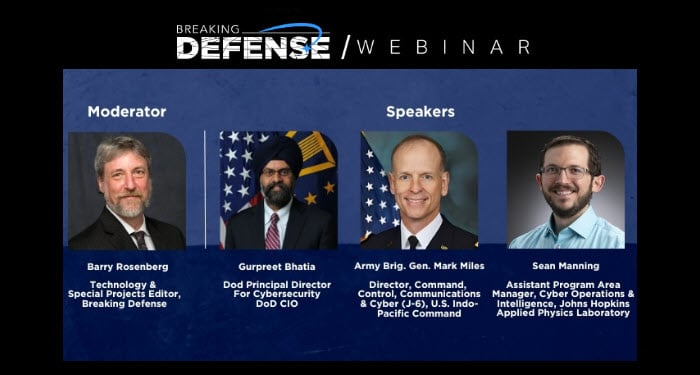 Cybersecurity is the one commonality among cloud computing, secure data and networking, artificial intelligence, cross-domain solutions, modernization, and the Defense Department’s ability to most effectively execute on JADC2 and all-domain operations.
Cybersecurity is the one commonality among cloud computing, secure data and networking, artificial intelligence, cross-domain solutions, modernization, and the Defense Department’s ability to most effectively execute on JADC2 and all-domain operations.

